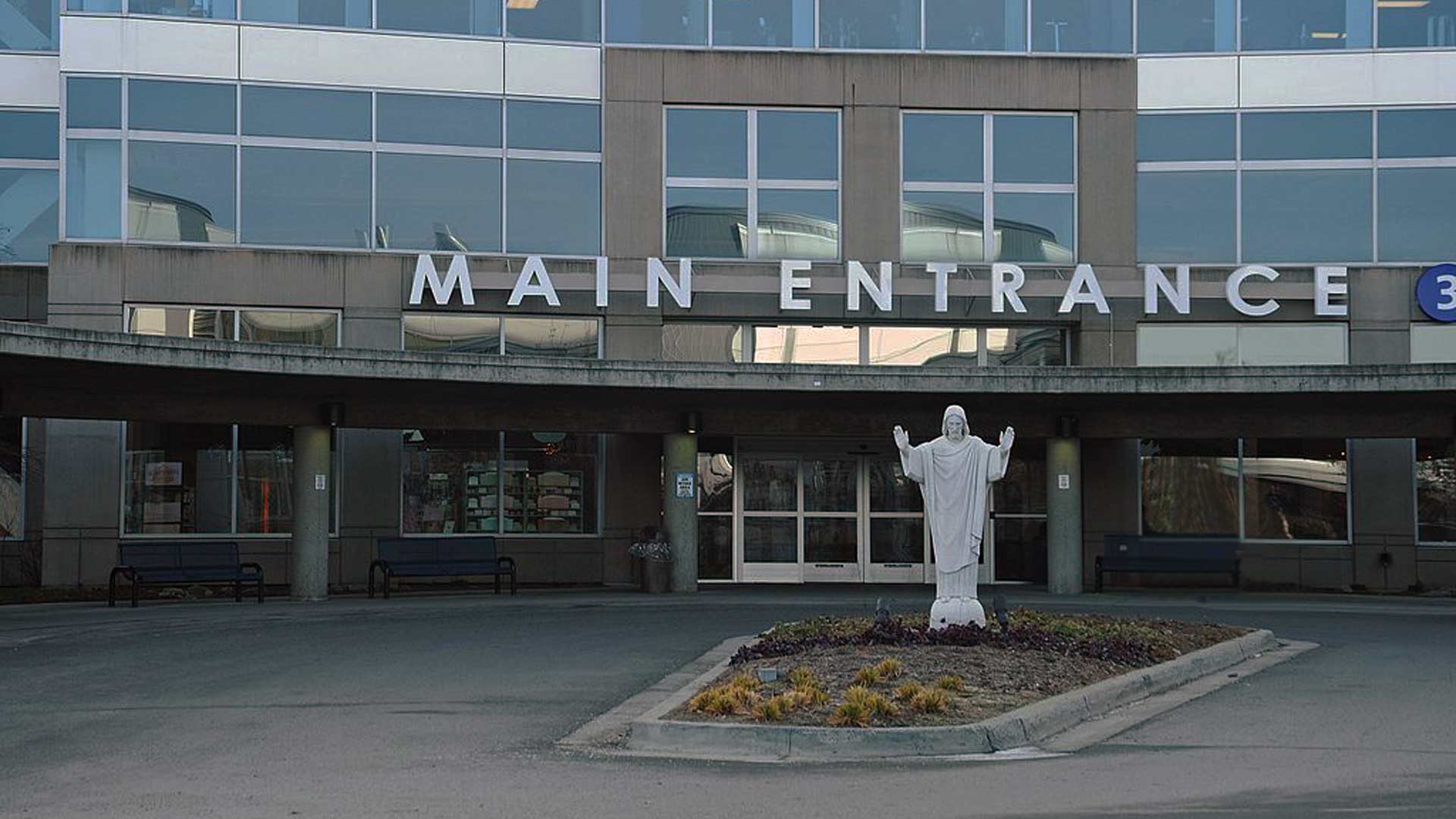
America’s founding fathers knew that our nation’s democratic-republic form of government requires educated citizens to be successful. I strongly support parental educational choice, but a strong successful public school system is also essential to maintaining an educated public, and has been the foundation of America’s greatness. I ran for the Anchorage School Board to do all I can to continue our American tradition of great public schools that is so necessary for our country, state and community to succeed.
For two years public schools have been the front line in our community response to the Covid pandemic. Congress has sent close to $200 billion to schools to pay for their Covid-19 response. This has continued the trend of Americans asking our public schools to do more than they are typically funded or trained to do. Multiple bills before the Alaska Legislature this year proposed to add more duties to school districts. As the merits of these and other new proposals are considered it is important to reflect on the history of public education in America. Clearly, testing indicates Anchorage schools must do better for our students to ensure they can read, write and do math.
Our goal should be to put students first and to do so we must fully consider the impacts of adding new duties to our schools.
Anchorage School District Deputy Commissioner Dr. Mark Stock has called the School Board’s attention to author and public-school advocate Jamie Vollmer’s analysis of the increasing burden on public schools. Vollmer traces public schools in America back to 1640 when schools were established in Massachusetts to teach reading, writing, math and very importantly values that serve a democratic society. Vollmer points out that the founders of these schools “assumed that families and churches bore the major responsibility for raising a child.” Schools had a limited role. Over time, science and geography became standard additional curriculum, but for almost 260 years the duties of public schools remained limited and focused.
As immigration increased at the beginning of the 20th century, schools assumed an important role in the assimilation of immigrants. Public schools became responsible for social engineering of the citizens and workers of the new industrial age. Curriculum and duties began to expand greatly.
Vollmer lists these new school duties chronologically as including:
FROM 1900 to 1910

— Nutrition
— Immunization
— Health (Activities in the health arena multiply every year.)
FROM 1910 to 1930
— Physical education (including organized athletics)
— The Practical Arts/Domestic Science/Home economics (including sewing and cooking)
— Vocational education (including industrial and agricultural education)
— Mandated school transportation
IN THE 1940s
— Business education (including typing, shorthand, and bookkeeping)
— Art and music
— Speech and drama
— Half-day kindergarten
— School lunch programs (We take this for granted today, but it was a huge step to shift to schools the job of feeding America’s children one third of their daily meals.)
IN THE 1950s
— Expanded science and math education
— Safety education
— Driver’s education
— Expanded music and art education
— Stronger foreign language requirements
— Sex education (Topics continue to escalate.)
IN THE 1960s
— Advanced Placement programs
— Head Start
— Title I
— Adult education
— Consumer education (purchasing resources, rights and responsibilities)
— Career education (occupational options, entry level skill requirements)
— Peace, leisure, and recreation education [Loved those sixties.]
WITH THE BREAKDOWN OF THE AMERICAN FAMILY IN THE 1970s WE ADDED:

— Drug and alcohol abuse education
— Parenting education (techniques and tools for healthy parenting)
— Behavior adjustment classes (including classroom and communication skills)
— Character education
— Special education (mandated by federal government)
— Title IX programs (greatly expanded athletic programs for girls)
— Environmental education
— Women’s studies
— African American heritage education
— School breakfast programs (Now some schools feed America’s children two-thirds of their daily meals throughout the school year and all summer. Sadly, these are the only decent meals some children receive.)
IN THE 1980s
— Keyboarding and computer education
— Global education
— Multicultural/Ethnic education
— Nonsexist education
— English-as-a-second-language and bilingual education
— Teen pregnancy awareness
— Hispanic heritage education
— Early childhood education
— Jump Start, Early Start, Even Start, and Prime Start
— Full-day kindergarten
— Preschool programs for children at risk
— After-school programs for children of working parents
— Alternative education in all its forms
— Stranger/danger education
— Anti-smoking education
— Sexual abuse prevention education
— Expanded health and psychological services
— Child abuse monitoring (a legal requirement for all teachers)
IN THE 1990s

— Conflict resolution and peer mediation
— HIV/AIDS education
— CPR training
— Death education
— America 2000 initiatives (Republican)
— Inclusion
— Expanded computer and internet education
— Distance learning
— Tech Prep and School to Work programs
— Technical Adequacy
— Assessment
— Post-secondary enrollment options
— Concurrent enrollment options
— Goals 2000 initiatives (Democrat)
— Expanded Talented and Gifted opportunities
— At risk and dropout prevention
— Homeless education (including causes and effects on children)
— Gang education (urban centers)
— Service learning
— Bus safety, bicycle safety, gun safety, and water safety education
FIRST DECADE OF 20th century
— No Child Left Behind (Republican)
— Bully prevention
— Anti-harassment policies (gender, race, religion, or national origin)
— Expanded early childcare and wrap around programs
— Elevator and escalator safety instruction
— Body Mass Index evaluation (obesity monitoring)
— Organ donor education and awareness programs
— Personal financial literacy
— Entrepreneurial and innovation skills development
— Media literacy development
— Contextual learning skill development
— Health and wellness programs
— Race to the Top (Democrat)
The full list in poster form can be purchased from Mr. Vollmer and he can be invited to speak by contacting him at www.jamievollmer.com. Mr. Vollmer has a consulting service for school districts nationally. Vollmer explains this list does not include the addition of multiple, specialized topics within each of the traditional subjects. It also does not include the explosion of standardized testing and test prep activities, and new reporting requirements imposed by the federal government.
The vast majority of these requirements on schools are federal mandates, and proposals have been put forth in Congress to allow more local control through block grant funding. However, in the second decade of the 21st century the mandate trend has continued. School mandates have expanded to include increased preschool operations, more career-technical offerings, increased wi-fi in schools, more gender-inclusive facilities, more mental health services, more IT support. Some Anchorage schools now have on site health clinics. Programs to support new immigrants and increase “equity” are being mandated by federal law. And new unfunded mandates continue to come from the State Legislature. And now our public schools have become the front line in our community response to the Covid pandemic. The past two summers Anchorage school cafeterias stayed open and provided thousands of free meals.
Vollmer points out that all this has been added to the responsibility of our schools “without adding a single minute to the school calendar in six decades” and that schools are now mandated to “not just teach children but raise them!” This is especially a problem in Alaska where our state law provides for the shortest school year combined with the shortest minimum school day in the nation. In a previous article, I explained how this state law combination results in our Alaskan students receiving possibly a year and a half less actual instruction time than students in some other states during their K–12 education. I believe this is part of the reason for the poor testing results of Alaskan students.
Anchorage class sizes have unfortunately grown as the ASD struggles with these ever-increasing duties, flat funding, and labor cost pressures.
ALASKA WATCHMAN DIRECT TO YOUR INBOX
The School Board has prioritized the lower grades to keep teacher/student ratios in them lower, but they still are far above recommended sizes. It will be very difficult to maintain even the existing class sizes in coming years as federal Covid impact funds end. The 2023-24 school year budget is projected to have a $40 million shortfall, increasing in 2024-25 to almost $70 million. That is one of many reasons I voted against the expensive new teacher union contract this year.
In an effort to stay focused on education the Anchorage School Board has adopted three top priorities including: reading proficiency; math proficiency; and college and life preparedness with regular progress reporting. The goal of this third priority is to work with parents to graduate good citizens prepared for life on their own. These priorities are consistent with the three original goals of schools in America. Importantly, the School Board is mandating the superintendent provide regular progress reports on meeting these goals.
Again, I fully support parental school choice to encourage competition in the education marketplace and give parents more options. The Anchorage School District has lost thousands of students to other educational options over the past five years. As our community deals with justifiable frustration with public schools, I hope we can have compassion for the people who keep schools running, and for the students they’re struggling to serve while constantly being asked to do more. Perhaps most important, we need policies constructed with a full understanding of the all-encompassing role schools have been asked to play in our society. Our goal should be to put students first and to do so we must fully consider the impacts of adding new duties to our schools.
Jamie Vollmer gave permission to include his writings in this article. His website is: jamiewollmer.com.
The views expressed here are those of the author.








2 Comments
And now we can see why all grade levels, as well as too many graduates, rank so low, and why so many are ill equipped for college.
Spare us the worn-out pandemic excuses, Dave.
Before the China flu panic, Anchorage School District achieved national recognition as being among America’s most expensive, worst-performing.
On your watch, Dave, Anchorage School District achieved that national recognition.
Yet other school districts, notably the many ranked above ASD, don’t seem to have this problem.
Some of those successful districts aren’t even woke, they never forced children to wear masks or anyone to be injected with experimental chemicals.
Not sure what your support’s worth if your priority’s rewarding union friends with inflated school-district contracts pushed to union shops only.
Fine example of “putting students first”, no?
As long as Anchorage voters are stuck with an easily corruptible mail-in voting scheme, your lot can do and spend what you want because you’re accountable to no one… and it’s pretty obvious you know it.
Respectfully suggest losing the excuses, politics, wokeness, and moronic corporate-babble, just be grateful no law fits what your mob do, and have done, to generations of Anchorage schoolchildren …and their parents… and Anchorage’s taxpayers.